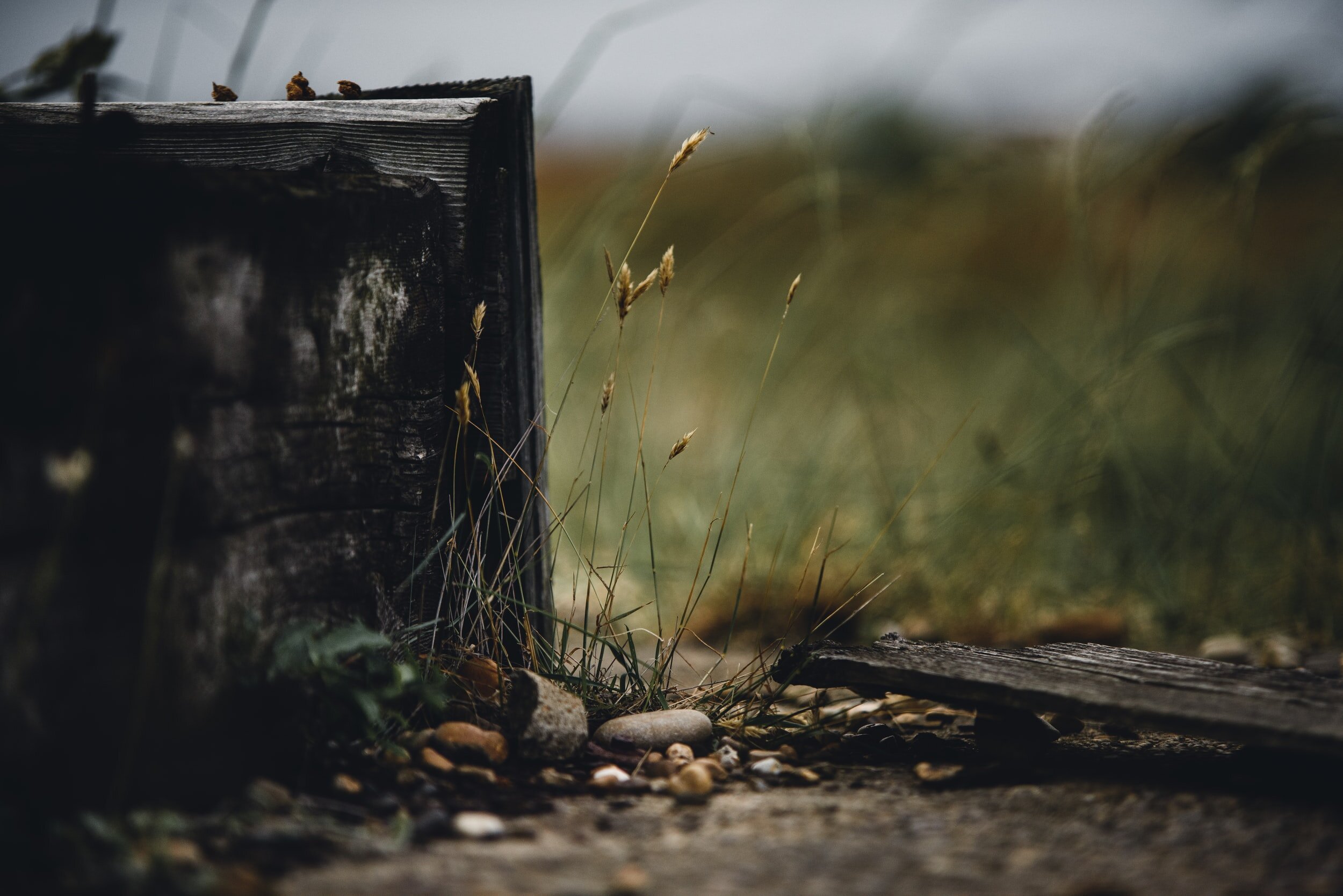János in Szentgyörgyvölgy
/Janos was born and raised in Budapest, where he spent his adolescent years. He showed artistic ability when he was a toddler. He had a solid desire to sketch, but the years of the Soviet rule of Hungary were difficult, and he was unable to pursue his dream of attending art school.
He had a graphic show when he was 18 years old. At the same time, he began to work as a sculptor, and by the age of 30, he had shown his work and received official acknowledgement for his efforts. He is a professional sculptor since 1985.
He lived in Zalaergseg, but he relocated his workshop to Szentgyörgyvölgy because he needed a place in the countryside to work freely due to the noise and dust created by working with marble.
He loves Lake Balaton, where he also lives. He once said, "is alpha and omega for me. I live side by side because I admire it all the time, and it calls me back in all seasons. "
Janos is well renowned and appreciated. His work can be admired in many public places around Hungary and Slovenia.
He orders the marble from the Carrara caverns in Italy, and the largest he ever made was out of a piece of marble that measured 3mt x 2mt in size.
Hungarian 🇭🇺
János Budapesten született, nőtt fel és a serdülőkorát is itt töltötte. Még csak járni tanult de már megmutatkozott a művészet iránti tehetsége. Szeretett rajzolni de a Szovjet uralom Magyarországon igen kemény volt, így nem tudta beteljesíteni az álmát, hogy művészeti iskolába járhasson.
18 évesen már volt saját rajz kiállítása. Ugyan ekkor, elkezdett szobrászkodni és 30 éves korára bemutatta a munkáit és hivatalos elismerést kapott értük. 1985-óta hivatásos szobrász. Zalaegerszegen lakott de, átköltöztette a műhelyét Szentgyörgyvölgyre mivel szüksége volt egy helyre ahol szabadon dolgozhat a munkájával járó por és zaj miatt. Imádja Balatont, jelenleg is ott él.
Egyszer ezt mondta, „Alfa és ómega számomra. Itt élek mellette mivel folyton csak csodálom, és az év 4 évszakában visszahív.” János különösen híres és elismert szobrász. A munkáit rengeteg közhelyen meg lehet csodálni Magyarországon és Szlovéniában.
A márványát Olaszországból rendeli a Carrara barlangokból, a legnagyobb munkája egy 3m x 2m-es darabból készült.
Slovenian 🇸🇮
Janos se je rodil in odraščal v Budimpešti, kjer je preživel mladostniška leta. Umetniške sposobnosti je pokazal že v otroštvu. Imel je trdno željo, da bi risal, vendar so bila leta sovjetske vladavine na Madžarskem težka in ni mogel uresničiti svojih sanj ter obiskovati umetniško šolo.
Ko je bil star 18 let, je imel grafično razstavo. Hkrati je začel delati kot kipar in do 30. leta je razstavljal svoja dela ter prejel uradno priznanje za svoje delo. Od leta 1985 je poklicni kipar.
Živel je v Zalaergsegu, vendar je svojo delavnico preselil v Szentgyörgyvölgy, ker je potreboval kraj na podeželju, kjer bi lahko svobodno delal zaradi hrupa in prahu, ki ga je povzročal pri delu z marmorjem.
Obožuje Blatno jezero, kjer tudi živi. Nekoč je dejal: "Zame je alfa in omega. Živim ob njem, ker ga ves čas občudujem, in kliče me nazaj v vseh letnih časih. "
Janos je dobro poznan in cenjen. Njegova dela je mogoče občudovati na številnih javnih mestih na Madžarskem in v Sloveniji.
Marmor naroča iz jam Carrara v Italiji, največji, ki ga je kdaj izdelal, pa je bil iz kosa marmorja, ki je meril 3m x 2m.


























